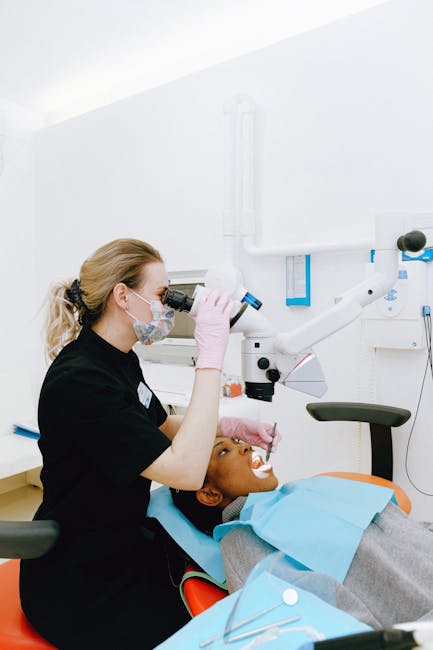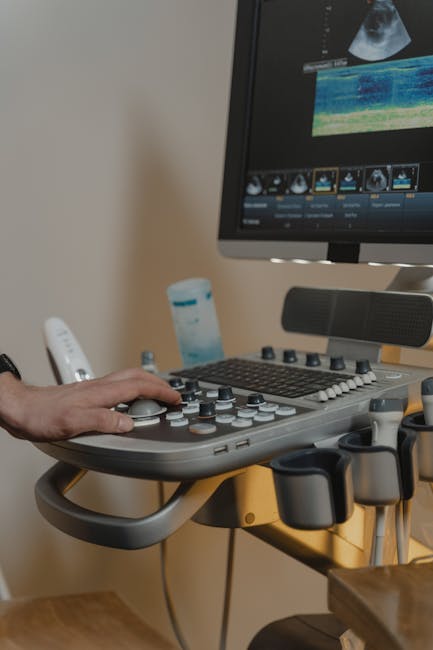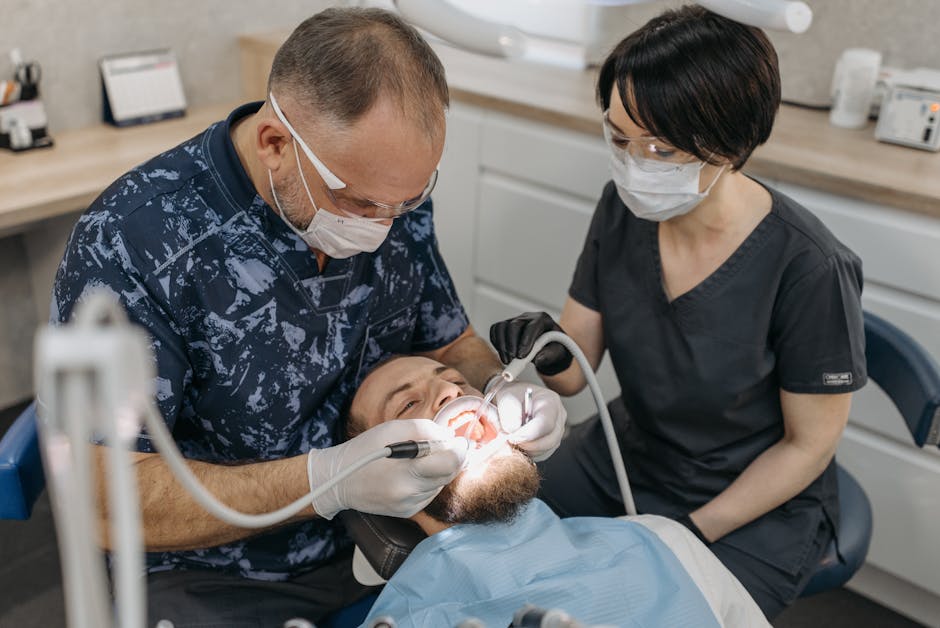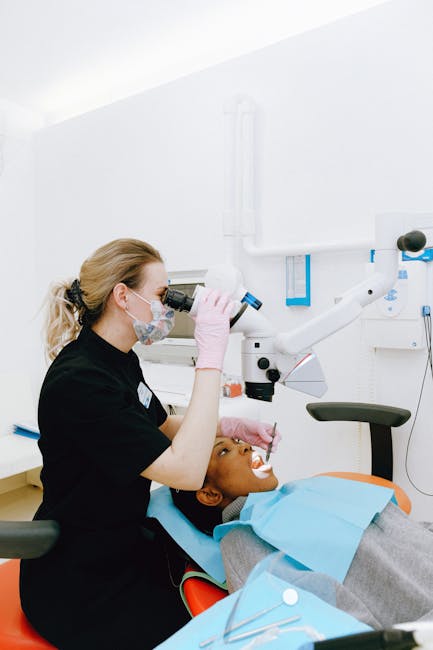Understanding the Prostate Exam
A prostate exam, also known as a digital rectal exam (DRE), is a crucial part of routine healthcare for men, particularly those over 40. This procedure allows your doctor to physically examine your prostate gland, a walnut-sized organ located below the bladder and in front of the rectum. While the thought of the exam might feel uncomfortable, it’s a relatively quick and painless procedure that can significantly contribute to early detection of prostate problems.

Why is a Prostate Exam Necessary?
The prostate gland plays a vital role in male reproductive health. As men age, the prostate can become enlarged (benign prostatic hyperplasia or BPH) or develop cancerous growths. Early detection of these conditions is key to successful treatment and improved outcomes. A prostate exam helps detect:
- Prostate Cancer: DRE can detect abnormalities in the prostate’s size, shape, or consistency, which might indicate the presence of cancerous cells.
- Benign Prostatic Hyperplasia (BPH): An enlarged prostate can cause urinary problems like frequent urination, weak urine stream, and difficulty starting urination. A DRE can assess the size and consistency of the enlarged gland.
- Prostatitis: This is an inflammation of the prostate gland that can cause pain, fever, and urinary problems. A DRE can help determine the size and tenderness of the prostate.
The Prostate Exam Procedure: Step-by-Step
The digital rectal exam is a straightforward procedure that typically takes only a few minutes. Here’s a detailed breakdown of what to expect:

Preparation
No special preparation is usually needed for a DRE. However, it’s helpful to inform your doctor about any medications you’re taking, particularly those that might affect bowel movements or blood clotting. Your doctor may also recommend emptying your bowels before the exam for increased comfort.
The Exam Itself
The exam takes place in a private examination room. You’ll be asked to lie on your side with your knees drawn up towards your chest, or you might be asked to bend over while leaning on the examination table. Your doctor will insert a lubricated, gloved finger into your rectum. This is the part of the exam that some men find uncomfortable, but the entire process is generally brief.
During the exam, your doctor will gently palpate (feel) your prostate gland through the rectal wall. They’ll be assessing its size, shape, consistency, and the presence of any lumps or irregularities. The pressure should be minimal, but some men may experience a mild sensation of pressure or fullness.
After the Exam
Once the exam is complete, your doctor will remove their glove and wipe the area clean. The entire procedure usually takes only a few minutes. You should be able to resume your normal activities immediately afterwards.
Understanding the Results
Your doctor will discuss the results of your prostate exam with you. If everything feels normal, you’ll be reassured. However, if any abnormalities are detected, further tests might be recommended, such as a prostate-specific antigen (PSA) blood test or a prostate biopsy. These additional tests help determine the nature of any detected issues and guide treatment decisions.
Alternatives and Additional Tests
While the DRE is a valuable diagnostic tool, it’s not the only way to assess prostate health. Other tests may be necessary to supplement the findings of the DRE:
- PSA Test: A blood test that measures the levels of prostate-specific antigen in the blood. Elevated levels can suggest prostate cancer or BPH, but further investigations are needed for confirmation.
- Prostate Biopsy: A procedure where a small tissue sample is removed from the prostate for microscopic examination. This is done to confirm the diagnosis of prostate cancer or other conditions.
- Transrectal Ultrasound (TRUS): An ultrasound examination performed through the rectum to obtain a clearer image of the prostate gland. This can be used to guide biopsies and help assess the extent of any abnormalities.
- MRI: A more advanced imaging technique that provides detailed images of the prostate and surrounding structures.
When to Get a Prostate Exam
The frequency of prostate exams depends on several factors, including your age, family history, and risk factors. It’s generally recommended that men begin discussing regular prostate exams with their doctor at age 40 or earlier if they have a family history of prostate cancer. Your doctor will help you determine the appropriate screening schedule based on your individual needs and circumstances.

Addressing Concerns and Discomfort
It’s understandable to feel anxious or uncomfortable about the prospect of a prostate exam. Open communication with your doctor is key. Discuss your concerns and ask any questions you may have before the procedure. Deep breathing exercises can help manage anxiety during the exam. Remember, the procedure is generally brief and aims to improve your long-term health.
Conclusion
The prostate exam is an important part of preventive healthcare for men. While the procedure may involve some temporary discomfort, the potential benefits of early detection of prostate problems far outweigh the inconvenience. Regular check-ups and open communication with your doctor are crucial for maintaining good prostate health.

